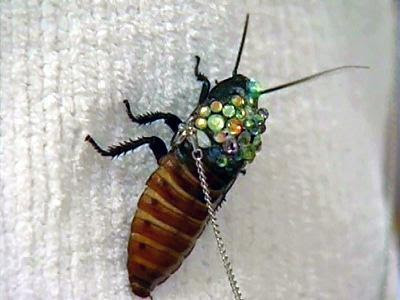One of the most precious and expensive gemstones, Emerald has a class of its own. It is one of the most sought-after gemstones. With its beautiful green hue, it has definitely won hearts of millions.
Image Source: Crystalbenefits
Here are some of the not-so-known facts about this alluring gemstone which will inspire you to wear a piece of handmade jewellery studded with Emerald. Emeralds are susceptible to chipping and cracking, therefore, emerald's are more expensive to set into jewellery due to the risk involved.
HISTORY:
The word Emerald comes from the Latin word smaragdus which means green.
The oldest emerald is about 2.97 billion years old and the very first known emerald was mined in Egypt around 1500 BC.
The precious green colored gemstone was discovered in South America in the 16th century by the Spanish. The Spanish traded emeralds across Europe and Asia for precious metals. This opened up the emerald trade to the rest of the world.
Synthetic or lab-created emeralds were created in 1935. An American chemist “Carroll Chatham” successfully grew his first Chatham emerald (1-carat). This stone is now on displayed at the Smithsonian Institute.
COLOR AND SHAPES:
Emeralds come in a plethora of hues ranging from deep darkish green to soft green, fine grass green and light green. The value of the stone is directly proportional to the intensity of its green color.
Image Source: gem stone hub
The most valuable emeralds have a pure vivid green hue and it does not include traces of other colors such as brown or yellow.
Most emeralds have inclusions (imperfections). It is extremely rare to find a natural emerald without flaws. A top-quality natural emerald is more valuable than a top-quality diamond of the same weight. Though a 1-carat emerald appears larger than a 1-carat diamond because emeralds have a lower density.
SYMBOLISM:
Emerald is believed to give insights i.e, seeing yourself as who you truly (here we go again!) are.
Emerald opens up the heart chakra, thereby enabling you to experience unconditional love for all that surrounds you. It also attracts love, harmony and abundance.
It provides tranquillity and inner wisdom. Emerald was used to figuring out that whether the lover's vows were true or false. Therefore, it is called the stone of truth.
The soft green color of the emerald was used by early lapidaries to rest their eyes after an extended period of concentration.
According to ancient folklore, putting an emerald under your tongue would help one see into the future.
It’s known to be connected with resilience. It also enhances your well-being and love for aesthetics.
Emeralds are believed to be associated with magic and mystery. The color of Emerald is said to promote a calm and peaceful spirit.
Emeralds have been found in the areas of Colombia, Russia and Brazil, which is the world's largest supplier of emeralds. Most of the emeralds for sale originate in Madagascar, Colombia and Zambia.
Jaipur, the Pink city is one of the largest Emerald cutting centres in the world.
Emerald is a beautiful gemstone and all these facts give us a major reason to delve into online jewellery shopping and buy this amazing gemstone.
















